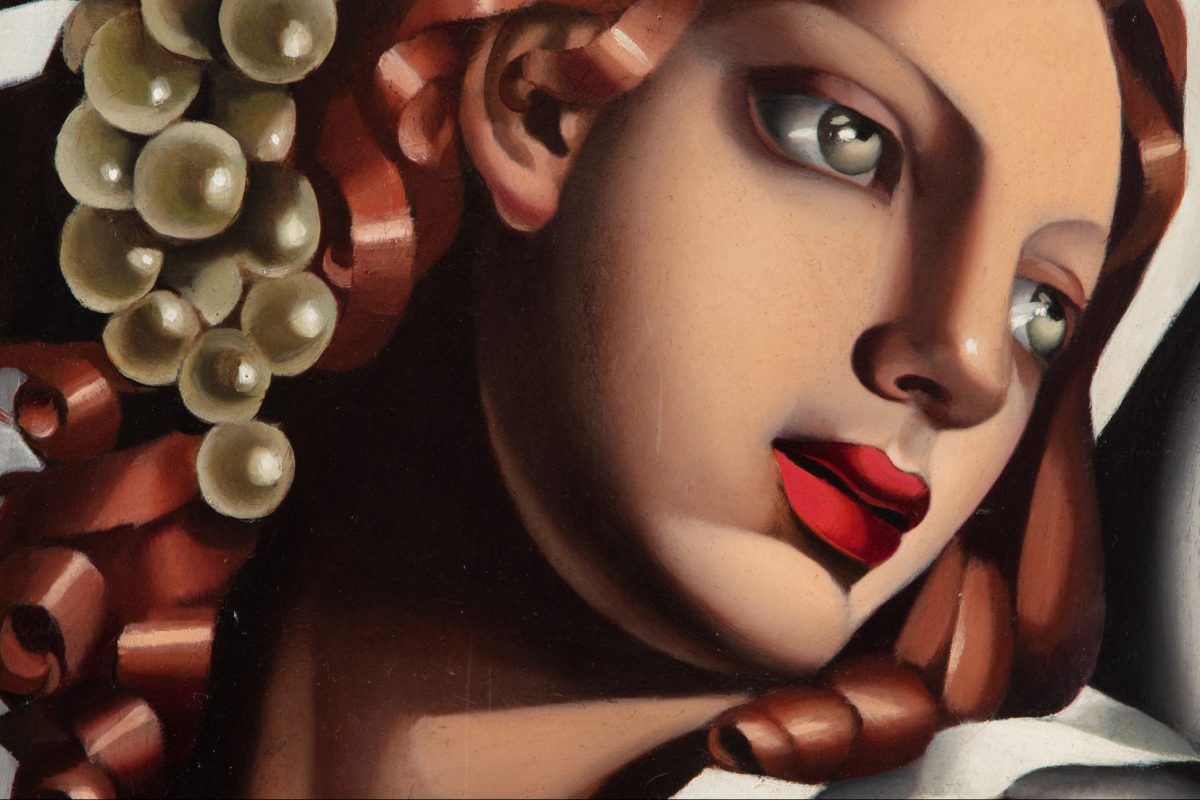Sotheby’s will unveil an exceptional portrait of Marie-Thérèse Walter, Picasso’s golden muse, in public for the first time in two decades next month.
Buste de femme de profil. Femme écrivant (1932) will be displayed in London from 14 – 19 June ahead of Sotheby’s Impressionist & Modern Evening Art Sale on 19 June 2018.
Painted in 1932, Picasso’s annus mirabilis, this monumental—yet remarkably intimate—painting of Marie-Thérèse, absorbed in the act of writing, evokes a private moment from the artist’s clandestine relationship with his beloved muse. Known for their intensity and passion, Picasso works from 1932 are considered unique among his oeuvre.
Awake, asleep, writing or reading, Marie-Thérèse appears in a manifold of guises throughout Picasso’s work. In Buste de femme de profil. Femme écrivant (1932), Picasso highlights her innocence and youthfulness, depicting her serenely penning her thoughts.
Helena Newman, global co-head of Sotheby’s Impressionist & Modern Art Department & chairman of Sotheby’s Europe, said: ‘This tender and romantic vision of Marie-Thérèse is a remarkably intimate portrait of the woman who has come to embody the heart and soul of the most celebrated year of Picasso’s oeuvre.
‘Buste de femme de profil. Femme écrivant comes to auction having remained unseen in public for more than 20 years, marking the third consecutive season this year where an exceptional Picasso from the 1930s has headlined our flagship evening sale.
‘It is all the more wonderful to offer this painting created in the spring of 1932 at a time when we are enjoying a world-class exhibition devoted to this year at Tate Modern in London.’
In the painting, the unmistakable profile of Picasso’s muse and sweep of golden hair are silhouetted in front of a window at Château de Boisgeloup, the grand house outside of Paris acquired by Picasso in 1930.
The work exudes sensuality, as the curvature of its subject’s figure is acutely juxtaposed with the angular horizontals and verticals of the windowpane. Here, Picasso’s masterful propensity for contrast is brought to the fore. The simplicity of the painting’s form echoes the delicate innocence of its subject, whose gaze is almost ethereal. The composition recalls both Picasso’s cubist paintings and the series of sculpted heads he created in 1931, which were inspired by Marie-Thérèse.
The young Marie-Thérèse entered Picasso’s life one day in January after a turbulent spell in his marriage. Intensely passionate and creatively inspiring, the chance meeting with Marie-Thérèse galvanised Picasso’s artistic soul. The artist’s newfound muse would appear in countless works, with the most notable being the ones he produced during 1932.
Picasso almost never painted his muses from life. He preferred to be inspired by the memory of them and the metamorphic power of his erotic imagination. With Marie-Thérèse in particular, the artist’s imagination hit fever pitch during the long periods he was forced to spend apart from her. Here, he evokes her in a quietly contemplative mood—perhaps picturing her lover as she writes.
If you enjoyed this article, click here to read ‘Oceania: The Royal Academy of Art’s Fascinating New Exhibition’














